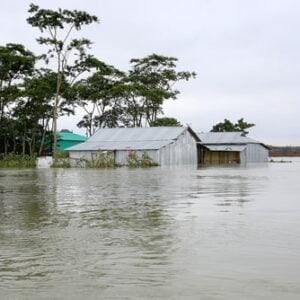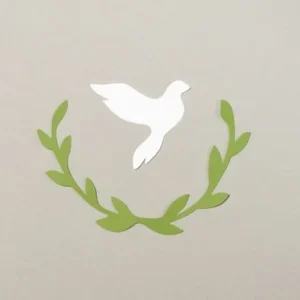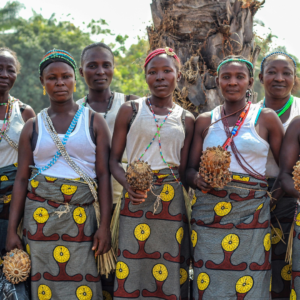Suryakali Vishwakarma, a mother in northern India’s Uttar Pradesh, relies on fortified rice and wheat supplied through government village shops to provide essential vitamins and minerals to her family. These fortified staples have become crucial for her children’s health and nutrition, illustrating how enriched grains are transforming diets across India and the wider Asia-Pacific region. Government-led initiatives, supported by the World Food Programme (WFP), the Gates Foundation, and regional organizations like ASEAN, are helping millions of people access fortified foods while sharing lessons and best practices across countries.
Fortified grains, enriched with nutrients such as iron, zinc, folic acid, and vitamins A and B, are an affordable and effective tool to combat malnutrition. In Asia-Pacific, poor diets leave one in three women anaemic and nearly 80 million children stunted. In India, more than half the population now has access to fortified foods, particularly rice, thanks to government leadership and WFP-supported pilots in vulnerable regions. Studies show that every US$1 invested in fortification yields US$27 in benefits, including improved cognitive development, higher productivity, and reduced healthcare costs.
Pilot programs in populous states like Uttar Pradesh are enhancing local production capacity, improving food quality, and expanding public awareness through cooking classes and educational campaigns. For vulnerable populations, such as pregnant women, breastfeeding mothers, and young children, fortified rice and wheat are distributed free through government safety net and school feeding programs. Mothers like Vishwakarma report that fortified rice has positively impacted their children’s health and academic performance.
In Sri Lanka, WFP collaborates with district governments to establish fortification facilities that supply enriched rice to school meal programs, improving nutrition and educational outcomes. Similarly, in Bangladesh, fortified rice reaches women like Shikha Akhtar, whose health has improved since consuming government-distributed fortified rice. The initiative aims to make fortified rice accessible to every woman across the country.
Private sector engagement is also critical to scaling up fortification. In Pakistan, WFP supports small-scale millers to produce enriched wheat for local communities, benefiting women, children, and the elderly. In Nepal, WFP helps the government provide subsidized fortified rice in remote regions, supporting companies to build capacity and improve access for rural populations. Across the Asia-Pacific region, WFP’s food fortification efforts are supported by partners including the Gates Foundation, DSM-Firmenich, the Korea International Cooperation Agency (KOICA), and the UN-India Partnership Fund, ensuring broad reach and sustainability of these nutrition programs.






